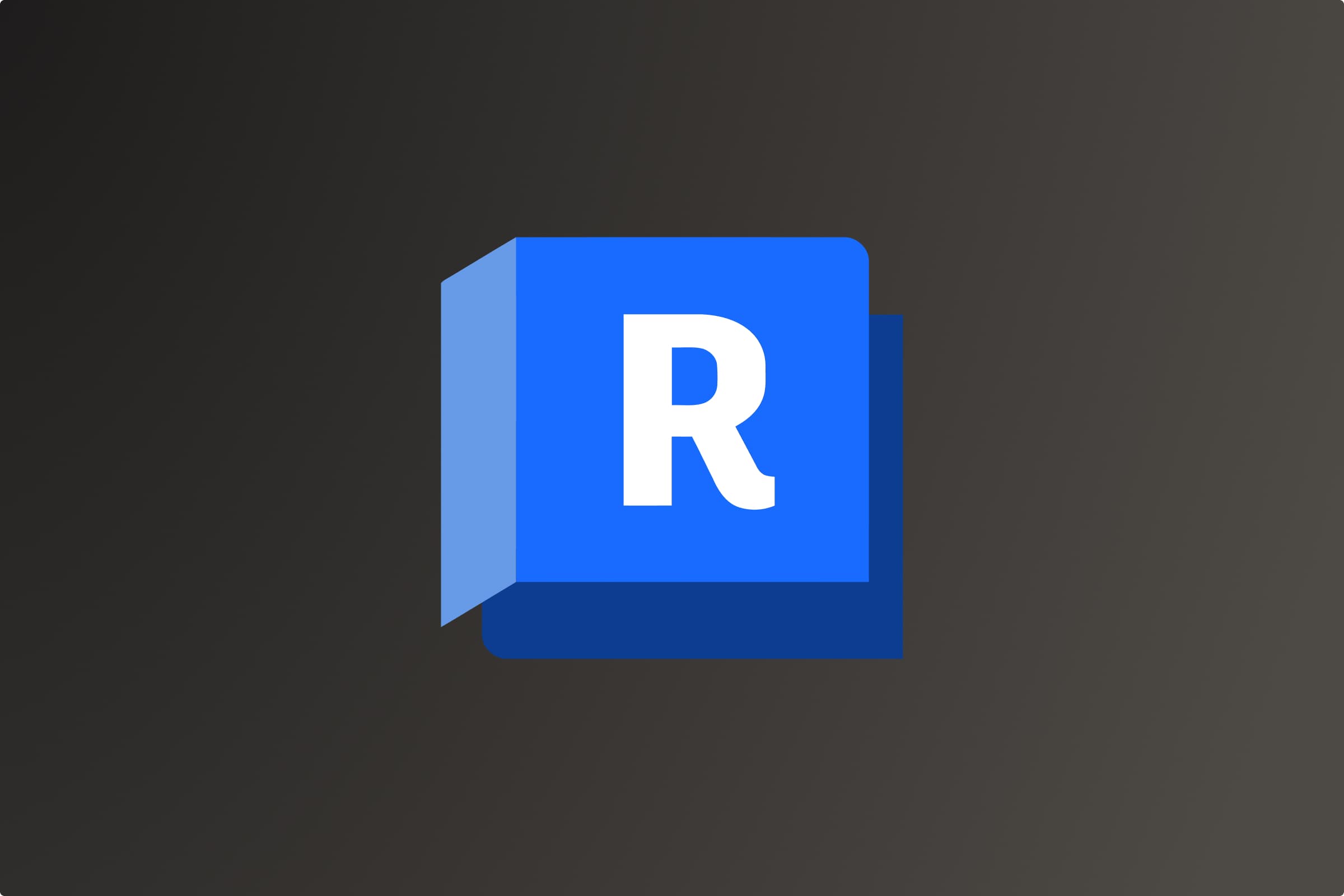In my latest episode of Architecting an Interview, I had the privilege of sitting down with Mark Decker, Technical Solutions Executive at Autodesk. Mark’s journey from architectural practice to technology leadership is as inspiring as it is insightful. He has moved fluidly from the drafting table to spearheading innovation across the AECO (Architecture, Engineering, Construction, and Operations) industry, and our conversation shed light on where the industry is heading and how we can best prepare.
From Drawings to Data
Mark began his career with dreams of becoming an architect, a path that took him to Jackson, Wyoming and Hawaii before settling in Montana. It was during the Great Recession that he pivoted, finding his footing in BIM (Building Information Modeling) and VDC (Virtual Design and Construction). “I went from creating details for architects to reviewing designs for constructability,” Mark explained. “That shift opened my eyes to how critical it is to bridge the gap between design and construction.” His early experience implementing Revit during its formative years gave him a firsthand look at how 3D modeling radically changed the game. “In AutoCAD, I was chasing lines on an elevation—Revit gave me an automatic update and the ‘aha’ moment was instant.”
The Real Work of Innovation
As Mark transitioned into construction and eventually Autodesk, he brought deep industry experience with him. His work isn’t about pushing software, it’s about solving real-world problems with it. And for anyone who’s tried to implement innovation at scale, his advice is refreshingly grounded: focus on small wins. “One of the most important lessons I learned was that pilot projects are just step one,” he said. “The real challenge is using what you learn to build a business case and drive company-wide change.” From drones on construction sites to integrated workflows, Mark emphasizes that change doesn’t happen overnight. It requires thoughtful planning, stakeholder buy-in, and above all, empathy for those expected to adopt new tools.
Hacking the Hardhat: A Glimpse into Creativity
One of the stories Mark shared was from an AEC Hackathon, where his team won for a prototype called “Hack My Hardhat.” The concept involved embedding a Raspberry Pi into a hardhat to track real-time job site data, including vitals and environmental conditions. “What I learned from that hackathon wasn’t just about the tech—it was about the power of a well-told story and the value of diverse teamwork,” he said. Hackathons, in Mark’s view, offer a safe, experimental space to test new ideas that may not yet be viable in corporate settings. They also serve as a proving ground for cross-disciplinary collaboration, a skill increasingly crucial in a fragmented construction industry.
Data, Collaboration, and the AI Future
We couldn’t talk technology without touching on AI and predictive analytics. According to Mark, the real value of AI lies in how well your data is organized. “If you think AI will someday sort and structure all your disconnected files, it won’t,” he warned. “Now is the time to put your data in order.” But AI isn’t about replacing humans, it’s about removing errors, increasing efficiency, and enhancing decisions. Mark envisions a future where BIM tools are equipped with AI to provide instant feedback during the design phase, flagging compliance issues or constructability concerns before they become costly mistakes. “It’s not about a magic button. It’s about making sure the data you have is in the right place so that AI can help.”
Changing the Industry Means Changing the Rules
Mark also pointed out that much of the friction in the AECO industry comes from outdated contract structures that discourage collaboration. “The contracts pit teams against each other. We can’t fully collaborate until we rethink how we’re legally structured to work together.” He believes that true transformation will come not just from better software, but from aligning incentives—rewarding integrated teams who deliver better results together.
Words of Advice for the Next Generation
As someone who’s traversed architecture, construction, and technology, Mark had this to say to emerging professionals: “Invest in your relationships. The people you meet today may open doors for you in the future. And if you’re tech-savvy, learn how to solve real-world problems. That’s what gets you in the room.” He also encouraged young professionals to ask questions and stay curious. “Don’t be afraid to ask ‘why?’—that’s how innovation starts.”
5 Key Takeaways:
- Small wins lead to big changes: Pilot projects can pave the way for wider innovation—if they’re followed up with clear, measurable results.
- Data organization is crucial for AI readiness: Companies must centralize and standardize their data today to benefit from AI tomorrow.
- Cross-disciplinary teams create better solutions: Innovation thrives when diverse experts work together toward a shared goal—like in hackathons.
- Collaboration is limited by contracts: To truly modernize construction workflows, legal structures need to evolve alongside technology.
- Emerging professionals should blend tech with empathy: Solving real problems, nurturing relationships, and staying curious are the keys to success.
Talking with Mark was a powerful reminder that technology is only part of the equation. True innovation comes from empathy, persistence, and the willingness to ask tough questions—about our tools, our teams, and the way we work. The AECO industry is evolving, and if Mark’s career is any indication, the future is bright for those ready to lead the change.



